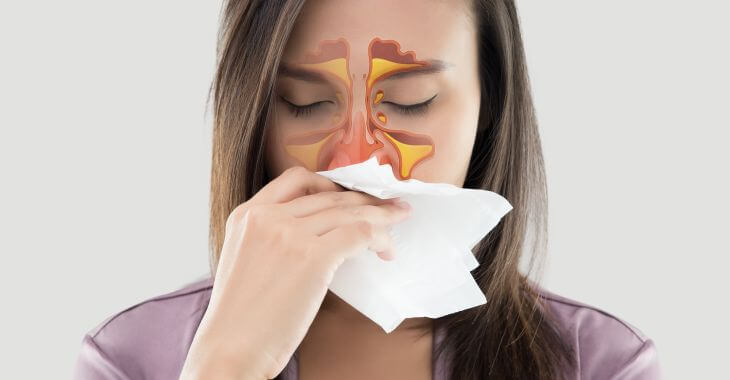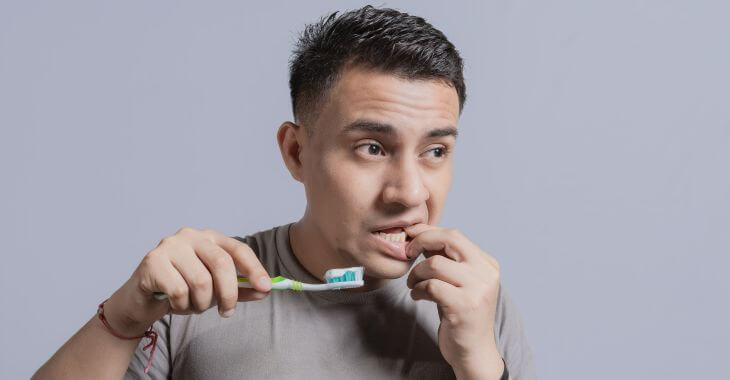What to Do If You Have Tooth Pain After Filling Procedures

Experiencing tooth pain after a dental filling procedure can be distressing. While fillings are commonly performed to treat cavities and restore teeth, some individuals may encounter discomfort or sensitivity afterward. If you have tooth pain after filling procedures, there are possible causes and treatments.
Dental fillings are used to repair teeth when a cavity is removed or the tooth is chipped or cracked. If you have tooth pain after a filling is completed, there may be a reason. Understanding the potential reasons behind post-filling pain and knowing how to alleviate it can be beneficial.
Reasons for Tooth Pain After Fillings
During filling procedures, the tooth is usually numbed with a local anesthetic. Once the numbing agent wears off, it is common for some soreness, especially if the tooth was drilled. However, if there is tooth pain after a filling, there may be some possible reasons, including the following:
- Sensitivity to Changes in Bite: Dental fillings might slightly alter the way teeth come together when biting or chewing. This adjustment in the bite can cause tooth pain after filling when chewing as the mouth adapts to the new dental work.
- Post-Operative Sensitivity: After the filling procedure, the tooth might experience sensitivity to temperature changes, such as exposure to hot or cold foods or beverages. This sensitivity could be due to the dental materials used or the proximity of the filling to the tooth’s nerve.
- High Filling: If the filling is too high or interferes with the bite, it can cause tooth pain when chewing. A high filling puts excessive pressure on the tooth, leading to discomfort or pain while eating.
- Inflammation or Nerve Irritation: In some cases, the dental procedure itself might cause minor trauma or irritation to the tooth’s nerve, resulting in temporary pain or sensitivity. This is often evident when the tooth is exposed to hot or cold beverages or food.
In most cases, any discomfort after receiving a dental filling is mild and temporary. When the pain or sensitivity is more severe, there are ways to relieve the pain and recommendations on when you should seek assistance from your dental team.
How to Relieve Tooth Pain After Filling
If you are experiencing tooth pain after filling when chewing or exposure to cold or heat, there are ways to alleviate discomfort. The following are tips on how to relieve tooth pain after a filling is placed:
- Practice Patience: Mild discomfort or sensitivity following a filling procedure is common and often resolves on its own within a few days to a week. Give your teeth time to adjust to the new restoration.
- Use Over-the-Counter Pain Relievers: Non-prescription pain relievers like ibuprofen or acetaminophen can help manage post-filling discomfort. Follow the recommended dosage on the package or consult your dentist for guidance.
- Avoid Trigger Foods and Drinks: If your tooth is sensitive to temperature changes, avoid hot or cold foods and beverages until the sensitivity subsides. Opt for lukewarm or room-temperature items instead until the sensitivity lessens over the following days.
- Modify Chewing Habits: Avoid chewing directly on the filled tooth or consuming hard or sticky foods that might exacerbate discomfort. Chewing on the opposite side of your mouth can alleviate pressure on the affected tooth while it heals.
- Rinse with Saltwater: Gently rinsing your mouth with a warm saltwater solution several times a day can help reduce inflammation and promote healing. Mix a teaspoon of salt in a glass of warm water and swish it around your mouth for 30 seconds before spitting it out.
- Desensitizing Toothpaste: Consider using desensitizing toothpaste formulated for sensitive teeth. These toothpastes contain compounds that help block nerve sensations and reduce tooth sensitivity over time while still providing the benefits of traditional toothpastes like fluoride and whitening.
If the tooth pain persists beyond a week, worsens, or becomes severe, contact your dentist promptly. They can assess the filling, check for any underlying issues and make any necessary adjustments to the restoration. There also may be other conditions that are contributing to your tooth pain.
If the filling is high or causing discomfort when biting, your dentist can adjust it to ensure proper alignment with the rest of your teeth. This adjustment can alleviate the pressure on the affected tooth and relieve pain while chewing.
In some cases, the filling may not have sealed properly, resulting in nerve exposure that causes pain or sensitivity. This can be resolved by your dentist by evaluating the filling and determining if it needs to be adjusted to provide protection for the inner tooth and nerves.

Remember, any discomfort or pain following a dental filling is typically temporary and should improve within a short period. However, if the pain persists, worsens or you experience other concerning symptoms such as swelling or fever, seek prompt dental attention to address the issue.
The information provided on this website, including text, graphics, images, and other materials, is intended solely for informational purposes and should not be used as a substitute for professional medical advice, diagnosis, or treatment.



)